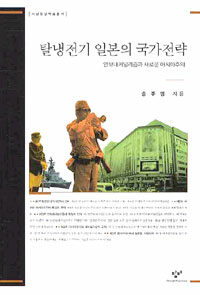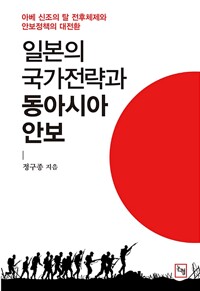
단행본
Refugees, women, and weapons: international norm adoption and compliance in Japan
- 발행사항
- Stanford, Calif.:,Stanford University Press,,2009
- 형태사항
- x, 196 p. : ill. ; 24cm
- ISBN
- 9780804759731
- 청구기호
- 349.13 F644r
- 서지주기
- Includes bibliographical references (p. 153-187) and index
소장정보
| 위치 | 등록번호 | 청구기호 / 출력 | 상태 | 반납예정일 |
|---|---|---|---|---|
이용 가능 (1) | ||||
| 1자료실 | 00012707 | 대출가능 | - | |
이용 가능 (1)
- 등록번호
- 00012707
- 상태/반납예정일
- 대출가능
- -
- 위치/청구기호(출력)
- 1자료실
책 소개
In a world dominated by considerations of material and security threats, Japan provides a fascinating case for why, and under what conditions, a state would choose to adopt international norms and laws that are seemingly in direct conflict with its domestic norms. Approaching compliance from within a constructivist framework, author Petrice R. Flowers analyzes three treaties—addressing refugee policy, women's employment, and the use of land mines—that Japan has adopted. Refugess, Women, and Weapons probes how international relations and domestic politics both play a role in constructing state identity, and how state identity in turn influences compliance.
Flowers argues that, although state desire for legitimacy is a key factor in norm adoption, to achieve anything other than a low level of compliance requires strong domestic advocacy. She offers a comprehensive theoretical model that tests the explanatory power of two understudied factors: the strength of nonstate actors and the degree to which international and domestic norms conflict. Flowers evaluates how these factors, typically studied and analyzed individually, interact and affect one another.
Flowers argues that, although state desire for legitimacy is a key factor in norm adoption, to achieve anything other than a low level of compliance requires strong domestic advocacy. She offers a comprehensive theoretical model that tests the explanatory power of two understudied factors: the strength of nonstate actors and the degree to which international and domestic norms conflict. Flowers evaluates how these factors, typically studied and analyzed individually, interact and affect one another.



